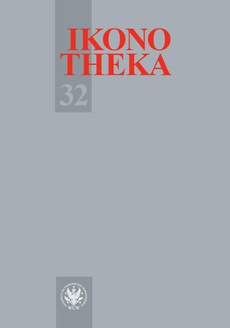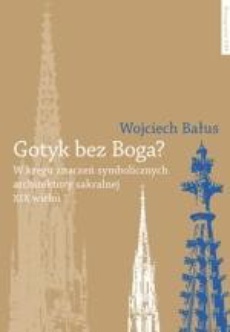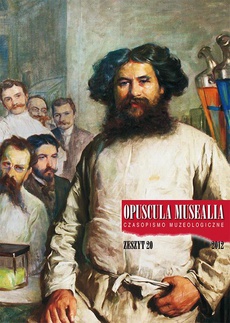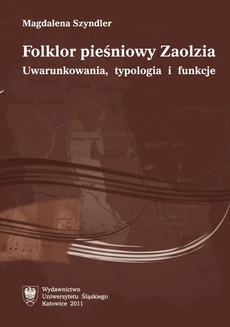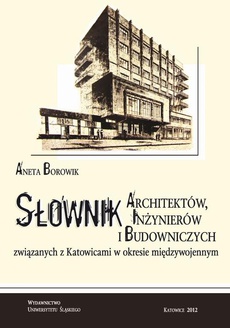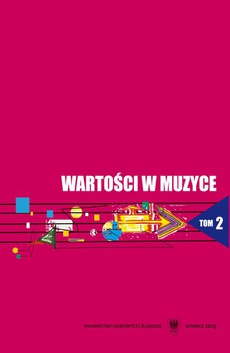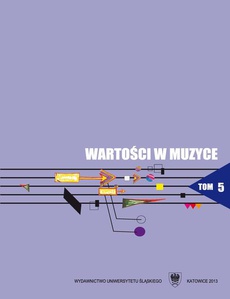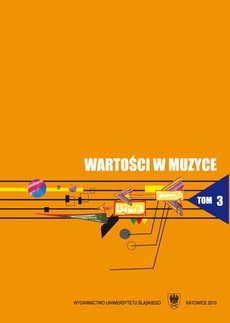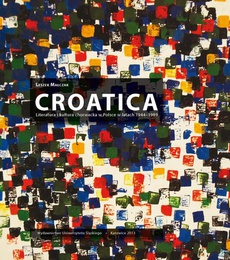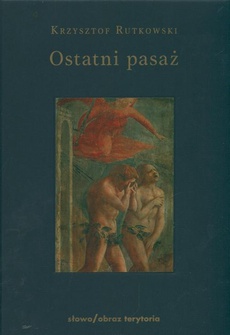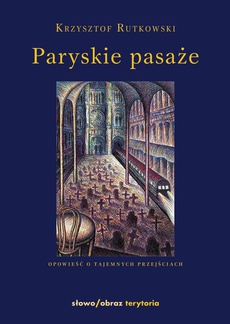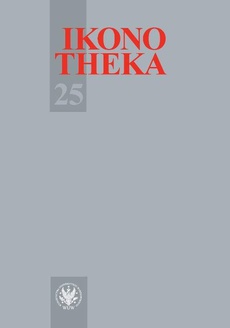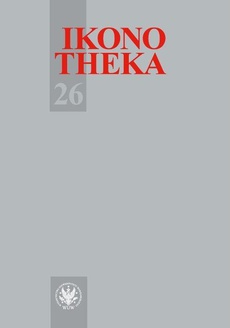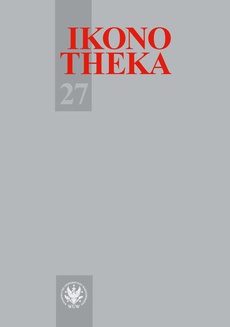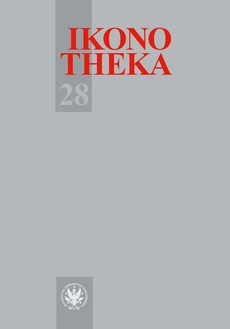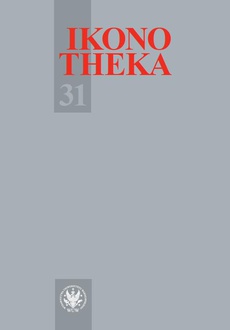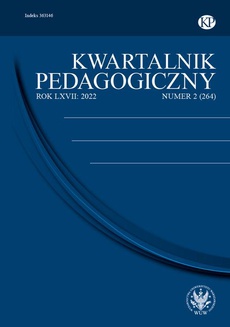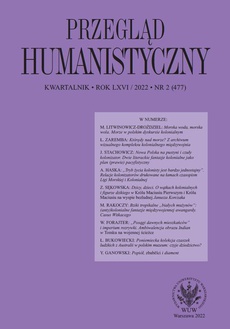POLECAMY
Ikonotheka 2022/32
Redakcja:
Wydawca:
Format:
ibuk
W ostatnich dwóch dekadach „queerowe pragnienie historii” sformułowane przez Carolyn Dinshaw doprowadziło do przewartościowania i nowych odczytań przeszłości z punktu widzenia badań lesbijskich, gejowskich oraz queerowych. Pośród szeregu obszarów objętych tzw. zwrotem queerowym znalazła się też historia sztuki oraz badania nad dziedzictwem.
Specjalny numer „Ikonotheki” stawia sobie za cel sproblematyzowanie obecności „queerowego impulsu historycznego” w Europie Środkowej, zwłaszcza sztuce i architekturze regionu oraz szeroko rozumianej kulturze wizualnej. Jaka jest historia i status queerowego dziedzictwa w Europie Środkowej? Jakie metody badawcze wydają się szczególnie istotne dla badań nad queerowym dziedzictwem, zwłaszcza w kontekście braku źródeł oraz instytucjonalnej queerfobii. W jaki sposób historycy i historyczki sztuki i architektury, a także muzealnicy oraz pozostali badacze i badaczki zajmujący się kulturą wizualną regionu odpowiadają na wyzwania stawiane przez historię osób LGBTQ? Czy queerowa przeszłość Europy Środkowej jest przykładem niechcianego dziedzictwa? A może też stanowi impuls do wytworzenia innej historii sztuki? Jakie są związki pomiędzy queerowym dziedzictwem Europy Środkowej a jego globalnym, czy też zachodnim odpowiednikiem? Na te i inne pytania odpowiadają zaproszeni do numeru autorzy i autorki – badacze i badaczki z Polski, Węgier, Rumunii, Niemiec, Stanów Zjednoczonych oraz Wielkiej Brytanii.
Publikacja na licencji Creative Commons Uznanie autorstwa 3.0 PL (CC BY 3.0 PL) (pełna treść wzorca dostępna pod adresem: http://creativecommons.org/licenses/by/3.0/pl/legalcode).
******
In the last two decades, the 'queer desire for history' formulated by Carolyn Dinshaw has led to re-evaluations and new readings of the past from the perspective of lesbian, gay, and queer studies. Among the range of areas covered by the so-called queer turn were also art history and heritage studies.
This special issue of "Ikonotheka" aims to problematise the presence of the 'queer historical impulse' in Central Europe, especially the art and architecture of the region and visual culture in a broader sense. What is the history and status of queer heritage in Central Europe? What research methods seem particularly relevant for the study of queer heritage, especially considering the constant lack of sources and institutional queerphobia. How do historians and historians of art and architecture, as well as museum professionals and other researchers and scholars working on the visual culture of the region, respond to the challenges posed by LGBTQ history? Is Central Europe's queer past an example of an unwanted heritage? Or does it also provide the impetus to produce a different art history? What are the connections between Central Europe's queer heritage and its global or Western counterpart? These and other questions are answered by the authors invited to the issue – researchers and scholars from Poland, Hungary, Romania, Germany, the United States, and the United Kingdom.
The publication is licensed under the Creative Commons Attribution-ShareAlike 3.0 Poland license (CC BY 3.0 PL) (full license available at: https://creativecommons.org/licenses/by/3.0/legalcode).
| Rok wydania | 2022 |
|---|---|
| Liczba stron | 158 |
| Kategoria | Historia sztuki |
| Wydawca | Uniwersytet Warszawski |
| Numer wydania | 1 |
| Język publikacji | albański |
| Informacja o sprzedawcy | ePWN sp. z o.o. |
Ciekawe propozycje
Spis treści
| ARTICLES | |
| Valentina Iancu, Anita Kurimay, Robert Kusek, Alison Oram, Karol Radziszewski, Wojciech Szymański | |
| Queer Heritage: Central Europe and Beyond. A Roundtable Discussion / | 7 |
| Robert Kusek, Wojciech Szymański | |
| Queer Heritage in Central Europe: Desperately Seeking a Queer / | 27 |
| Paweł Leszkowicz | |
| The Dissident Power of Queer Art and Curating in Central Eastern Europe / | 35 |
| Isabel Bredenbröker | |
| Queering Alfred Gell’s Art Nexus: Conceptualising Non-normative Relations and Queer Methods in the Art and Ethnological Museum Context / | 59 |
| Michał Kurzej | |
| Paolo Pagani’s St. Sebastian in Krakow / | 81 |
| James Michael Levinsohn | |
| Title: “Unreal, Purely Formal Relations”: Realism in Christian Schad’s Drawings of Queer Nightspots for Ein Führer durch das ‘lasterhafte’ Berlin (1931) / | 101 |
| Ty Vanover | |
| Hard Pressed: Queer Print Theory in Germany and Austria in the Long 19th Century / | 123 |
| Kata Benedek | |
| Circulation of Queer Ideas in State Socialist Hungarian People’s Republic / | 143 |

